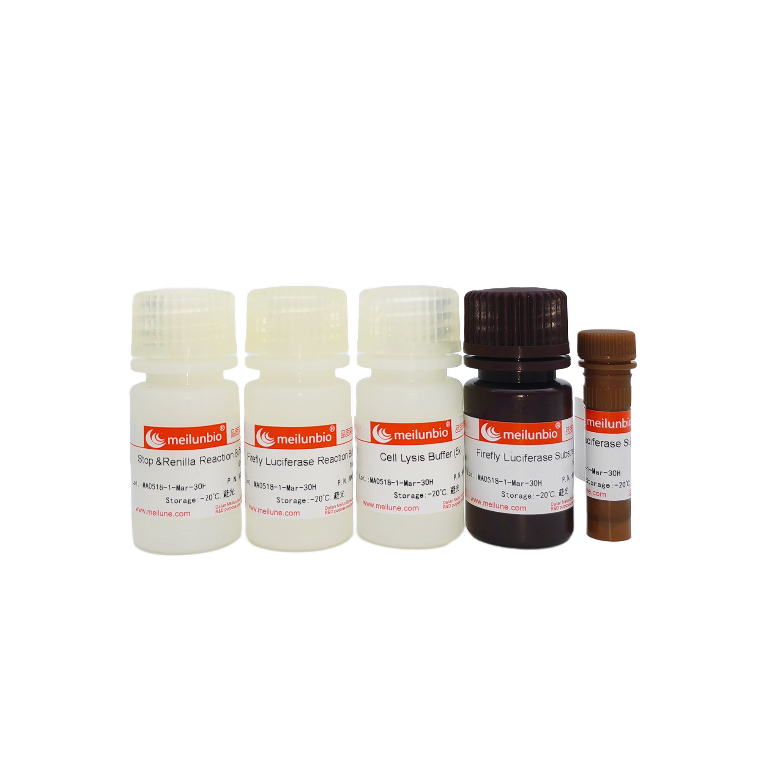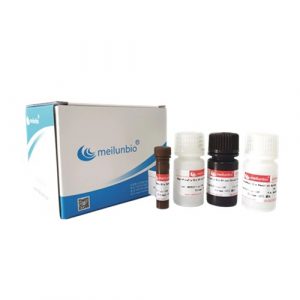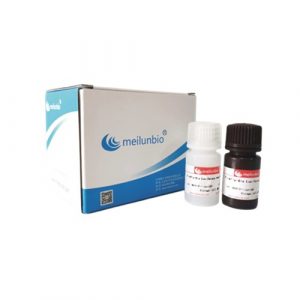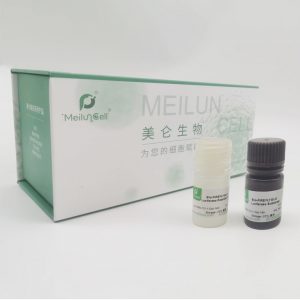Product Description
Reporter gene systems are commonly used in eukaryotic gene expression and cell physiology research, covering various aspects such as receptor activity, transcription factors, cell signaling, mRNA processing, and protein folding. “Dual reporter genes” are commonly utilized to enhance experimental accuracy by simultaneously expressing and measuring two independent reporter genes in one system. Typically, the reporter gene in the experimental group is associated with the effects of specific experimental conditions, while the co-transfected internal control group reporter gene serves as a calibration parameter and internal reference to establish a baseline for the response. Comparing the results of the experimental group to those of the internal control group helps minimize result fluctuations arising from variations in cell viability or transfection efficiency, as well as mitigates experimental errors stemming from sampling volume, cell lysis efficiency, and instrumental measurements. Consequently, dual reporter gene assays can generate more dependable experimental data by reducing external influences.
The Firefly&Renilla Luciferase Reporter Assay Kit provides a validated dual reporter assay that detects Firefly luciferase in the same sample using Luciferin as the substrate, followed by Coelenterazine as the substrate to detect Renilla luciferase. In the same sample, Luciferin was used as a substrate to detect Firefly luciferase, and then Coelenterazine was used as a substrate to detect Renilla luciferase, while quenching the fluorescent signal of Firefly luciferase, thus realizing the dual luciferase reporter gene detection. The kit can sensitively and efficiently detect Luciferase expression regulated by gene elements. Usually, the transcriptional regulatory element or 5′ promoter region is cloned upstream of Firefly luciferase, or the 3′-UTR region is cloned downstream of Firefly luciferase, and constructed into a reporter gene plasmid. The cells were co-transfected with the reporter gene plasmid (Firefly) and the internal reference plasmid (Renilla), and after the completion of operations such as drug administration and stimulation, the cells were lysed and the luciferase activity was measured. The transcriptional regulation of the target genes by drug treatment was determined by the level of luciferase activity, and Renilla luciferase was used as an internal reference to correct the transfection efficiency, which could eliminate the difference between the number of cells and the transfection efficiency. The strongest luminescence wavelength of Firefly luciferase catalyzed Luciferin luminescence is 560nm, and the strongest luminescence wavelength of Renilla luciferase catalyzed Coelenterazine luminescence is 465nm, and the specific wavelength should be chosen according to the experimental requirements and the instrument used for setting, usually the whole wavelength can be used to receive the emitted signals, and it is not necessary to set up individually.

Performance
Figure 1. Comparison of luminescence intensity and quenching effect of Firefly luciferase, and luminescence intensity of renilla luciferase.
From the figure, it can be seen that the luminescence intensity of MeilunBio group was higher than that of a Chinese brand under the premise of the same concentration and ratio of Firefly luciferase/ Renilla luciferase among the groups. More importantly, the Firefly luciferase quenching effect of MeilunBio group is the best, far better than other domestic brands, and the fluorescence residue is only 0.001%! Almost completely does not affect the Renilla re-luminescence, and thus has the highest Renilla signal-to-noise ratio, which makes the test results more accurate and improves the reproducibility of the data! Other domestic reagents Firefly fluorescence quenching is very poor, the background is very high, directly affecting the Renilla readings. (Instrument: BioTek HTX)
Figure 2. Stability (kinetics) of Firefly luciferase fluorescent signal of MeilunBio.
From the initial moment of the reaction, the Firefly luciferase fluorescence signal was continuously tracked for 30s, and it can be found that the fluorescence signal of the MeilunBio group has almost no attenuation, and the signal stability is excellent, which is far enough to meet the length of time required for the operation of the conventional machine! (Instrument parameters: VILBER /Chemiluminescence /-90 cooling CCD)Figure 3. Luminescence-Firefly luciferase concentration gradient standard curve for the MeilunBio group.
Within the maximum test range allowed by the instrument (BioTek HTX), MeilunBio Firefly luciferase Fluorescence linear detection range is up to 8 orders of magnitude and R2 up to 0.9996! (Instrument: BioTek HTX)
| TNFa | 20ng/ml | 10ng/ml | 5ng/ml | 2ng/ml | 0ng/ml |
| Firefly:Lum | 1835882 | 952348 | 193674 | 44991 | 43038 |
| Renilla:Lum | 21336 | 29067 | 24360 | 25063 | 26178 |
| Firefly/Renilla ratio | 86.046 | 32.763 | 7.950 | 1.795 | 1.644 |
| Firefly/Renilla normalized | 52.336 | 19.928 | 4.835 | 1.091 | 1.000 |
Figure 4. Example of the practical application of MeilunBio MA0518.
HEK-293T cells were co-transfected with Firefly luciferase NF-κB response reporter and Renilla Fluorokinase plasmid for confidential reference. 12 h after transfection, TNFα concentration gradient induction was performed, and the cells were collected and lysed 5 h later. The signal read values of the dual enzymes were detected by Microplate Absorbance Reader, and the data were approximated and normalized. The above figure shows the line graph of Firefly/Renilla approximation data, it can be clearly seen that the Firefly/Renilla ratio is positively correlated with the administered concentration, as expected, and there is significant variation between gradients, suggesting that the MeilunBio MA0518 is highly sensitive!
Shipping and Storage
- Storage:The new kit is stored at -20℃ and is valid for one year;Dissolved and dispensed Firefly Luciferase Substrate is stored at -70℃ for one year protected from light, or -20℃ for short-term storage not exceeding one month.
- Shipment:-10°C, transport on dry ice
Usage Statement
Research Use Only (RUO)
All sales are subject to the General Terms and Conditions of Sale set forth on our website.





